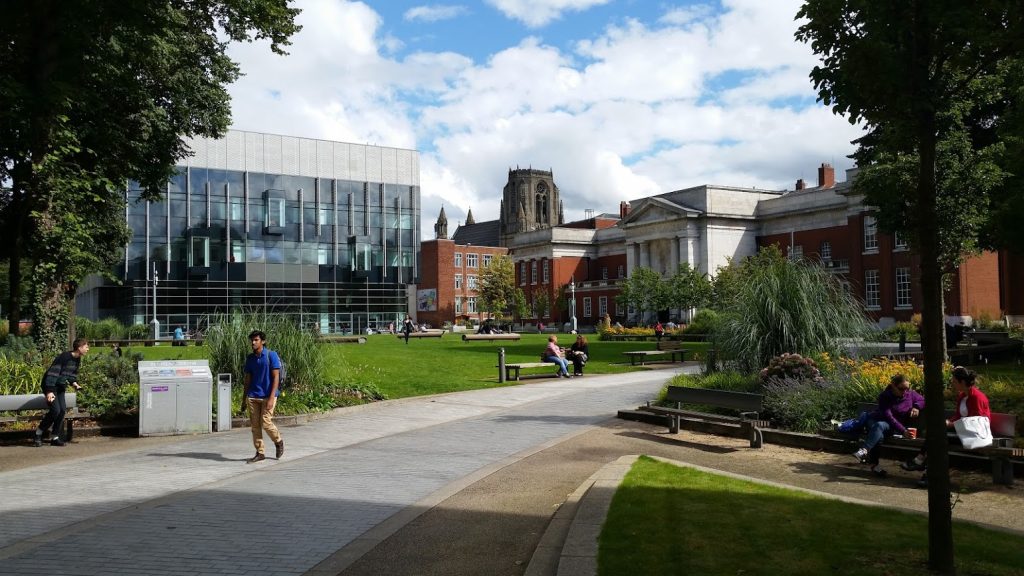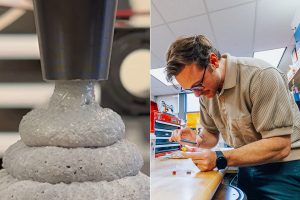Pioneering smarter campus navigation via digital mapping platforms

Students at a university campus. Image by Tim Sandle.
The University of Bradford has launched a new interactive digital campus map designed to enhance accessibility, improve student experience, and streamline campus operations. The platform replaces static signage and paper-based maps, offering a modern navigation tool that students, staff, and visitors can access across a range of digital devices.
The initiative also aligns with the university’s wider digital transformation strategy, which focuses on creating a more connected, user-friendly campus environment.
A campus built on connection
With more than 13,000 students and staff representing over 120 nationalities, the University of Bradford has a history of inclusiveness and innovation. Yet,in recent years, campus navigation has become increasingly complex as buildings have evolved, and new facilities have been introduced.
“Keeping static maps updated was a continuous challenge,” Markus Jones, Space Planning Manager at the University of Bradford says in a statement sent to Digital Journal. “Students would often rely on outdated signage or printed materials, which led to confusion and unnecessary stress, especially for new arrivals or visitors with accessibility needs.”
The university’s new digital map seeks to provide accurate, real-time navigation information across all buildings and facilities. Users can search for lecture halls, study spaces, accessibility routes, and amenities directly through their phones or laptops.
Part of a wider digital shift
The mapping project forms a key part of Bradford’s move toward a smarter campus ecosystem, integrating several student-facing systems into a unified platform. The map is already embedded in the university’s new campus app, launched in collaboration with Santander Universities, giving students a single point of access for timetables, events, and campus services.
While the platform quietly runs in the background, its impact is visible everywhere: fewer lost students, fewer missed meetings, and a campus that feels more intuitive to explore.
The primary goal is long-term integration. The next step will be a joined-up network covering university functions like room bookings and accessibility tools.
A modern mapping experience
To bring the vision to life, the university partnered with a firm called MazeMap. The developed technology enables a facility to create accurate, interactive maps that users can explore in real time.
The University of Bradford’s map perits internal teams to update building layouts quickly without external support. The collaboration resulted in a smooth implementation process, converting the university’s existing CAD drawings into a digital format within weeks.
Beyond wayfinding
The university’s management sees digital navigation as a foundation for broader transformation. Upcoming plans include layering space utilisation data, integrating room-booking capabilities, and enhancing accessibility through features like Blue Dot positioning, which options real-time indoor tracking similar to outdoor GPS.
in addition, university leaders were keen to create an environment that reflected the needs and expectations of today’s students. In other words, a connected, inclusive, and digitally enabled campus.
A model for the modern university
As universities across the UK focus on digital-first strategies to improve student experience and sustainability, Bradford’s approach demonstrates how smart navigation systems can become central to that mission.
Pioneering smarter campus navigation via digital mapping platforms
#Pioneering #smarter #campus #navigation #digital #mapping #platforms





